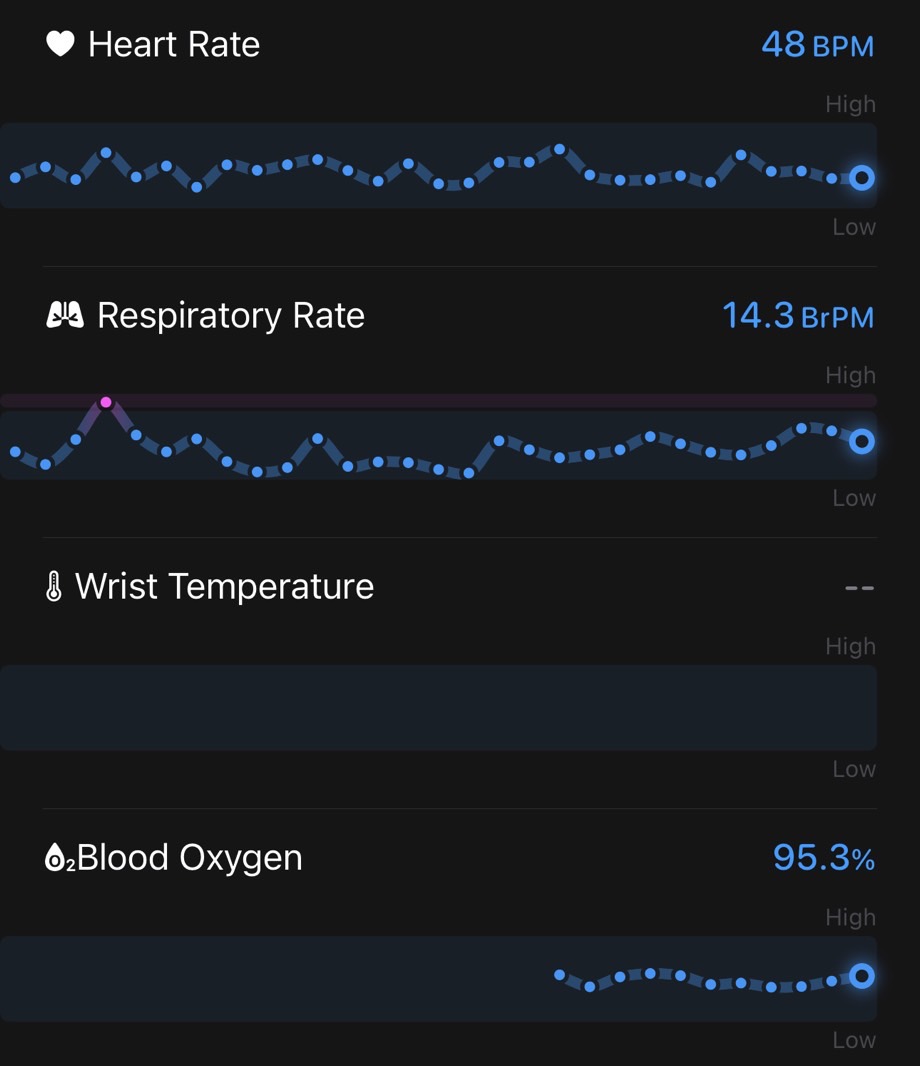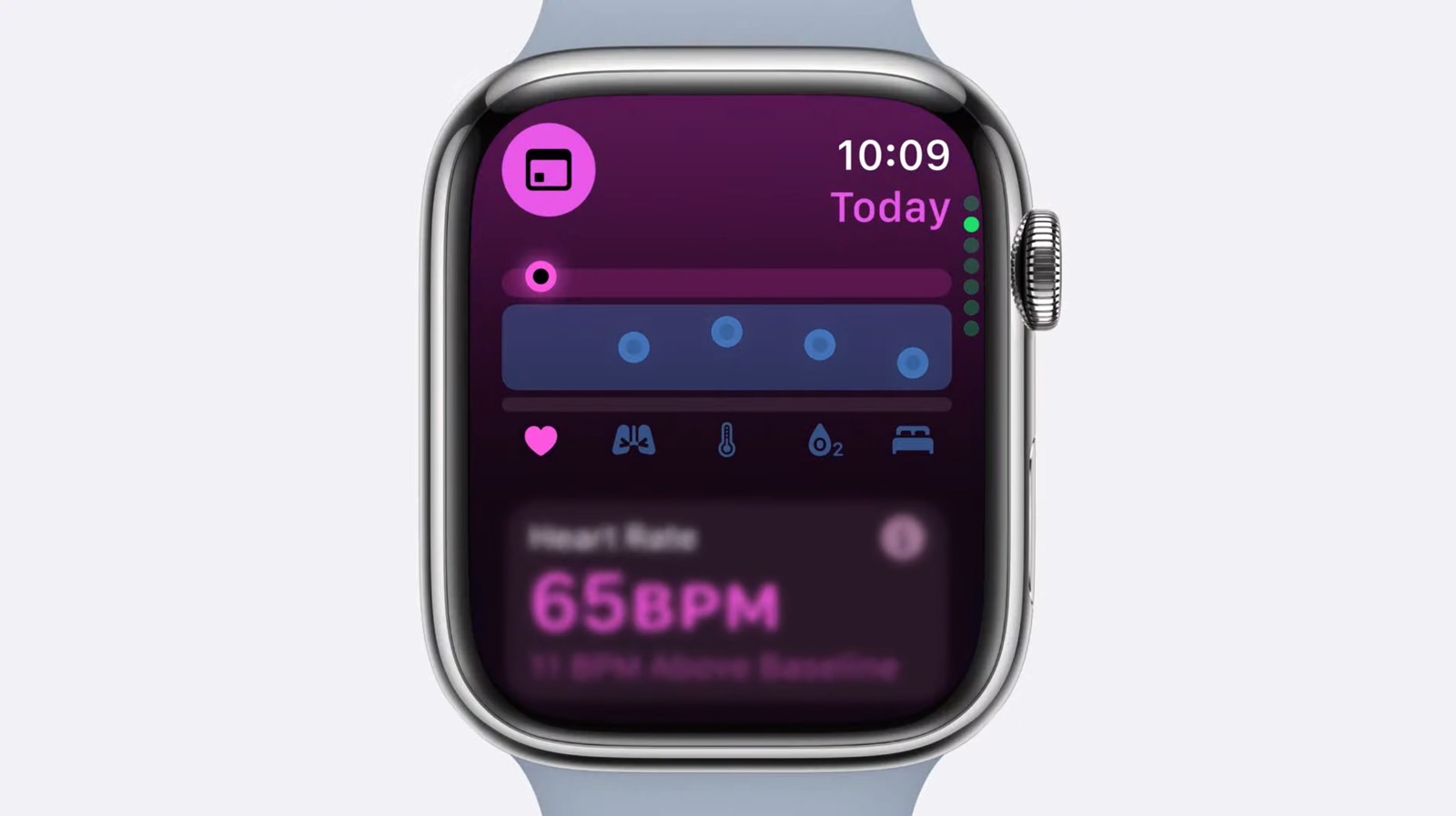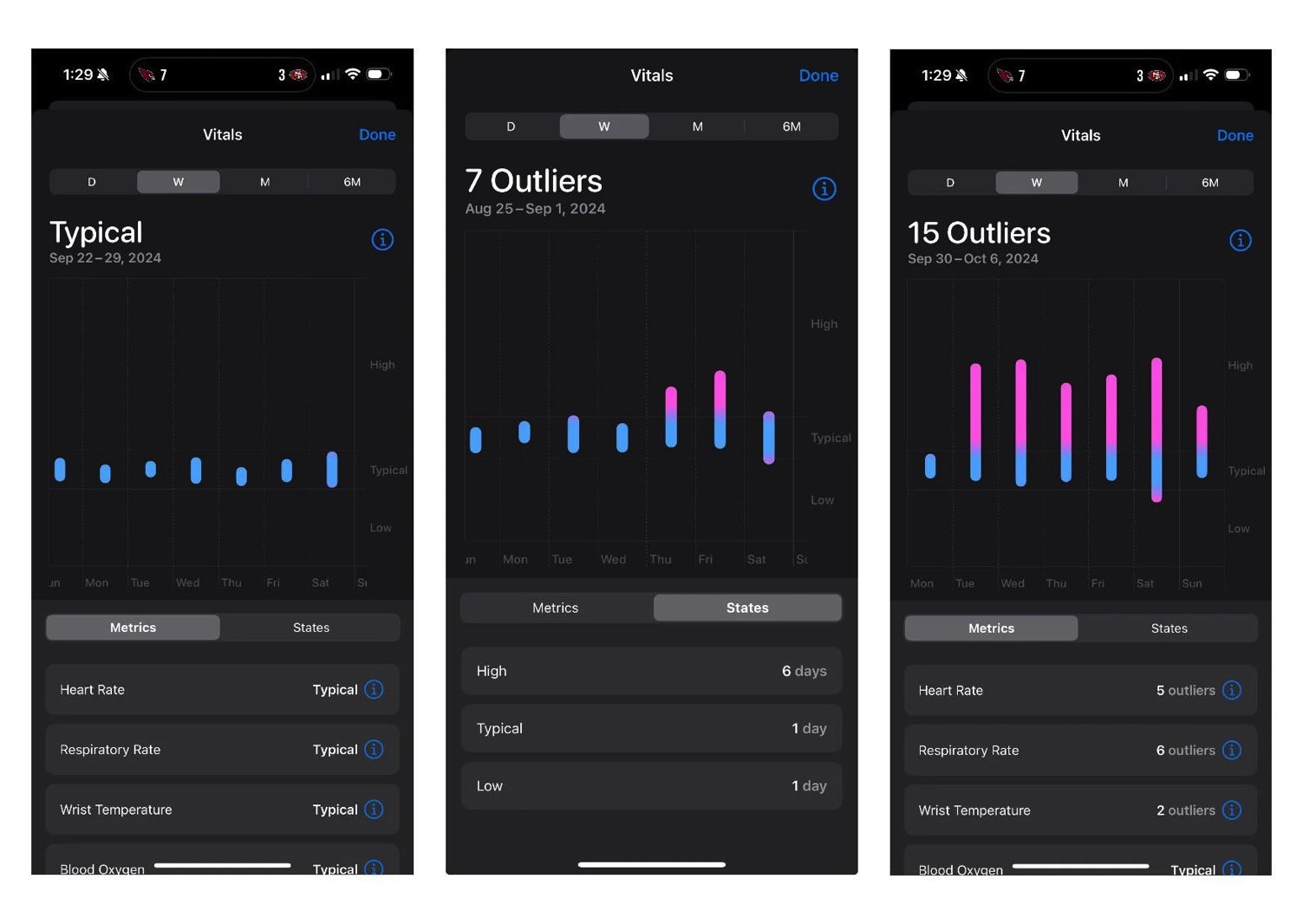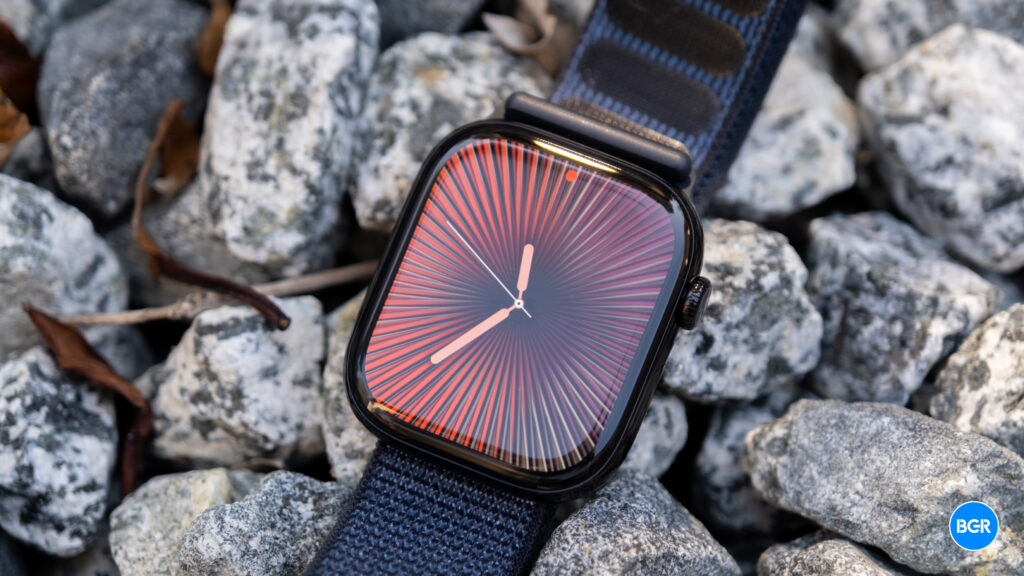I’m a big fan of wearable devices like the Apple Watch and rely on them to track my health and fitness around the clock. This also includes sleep tracking. I wear my Apple Watch at night so I can track my parameters while my body is resting and recovering. I’ve been an iPhone user for years, so I’ve also used an Apple Watch, but the same idea applies to other ecosystems as well.
That said, the Apple Watch has a new app that I’ve been using to track trends in my health parameters since installing the iOS 18 and watchOS 11 betas earlier this year.
It turns out that the app can also predict illnesses days before they occur, at least according to various Apple Watch users. However, this feature wasn’t available until I upgraded from Apple Watch SE 2 to Apple Watch Series 10.
This is the latest Vitals app that allows you to continuously track up to 5 parameters to get a bird’s eye view of your overall health. If these user accounts are accurate, the app could alert you days before you get sick. We also recommend setting it up now in advance of the upcoming flu and coronavirus seasons.
Vitals app
The Vitals app is part of the watchOS 11 release. The same information is stored in the Health and Fitness apps on your iPhone. Apple announced at WWDC 2024 that it developed the Vitals historical algorithm using real-world data from the Apple Heart and Movement Study.
The Vitals app includes measurements for parameters such as heart rate, breathing rate, wrist temperature, blood oxygen, and sleep time. The app displays the baseline for each parameter and points out outliers whenever they register values above or below the average.

The watch automatically tracks your heart rate and blood oxygen. You need to set up sleep tracking and enable sleep focus mode to collect your wrist temperature at night.
Your watch will also automatically measure your blood oxygen level if this feature is available in your area. Apple Watch Series 10 in the US no longer has access to this feature due to an ongoing patent dispute between Apple and Masimo.
As a runner training for a marathon, I used Vitals on my Apple Watch SE 2 to track only three parameters: heart rate, breathing rate, and sleep time (see above). Vitals helps you understand your health status for the day and lets you know if you need to change your training.
Maybe you didn’t get enough sleep last night, so a look at your Vitals app is enough to tell you to take it easy today.

But I needed more health data. That’s one of the reasons I upgraded to Apple Watch Series 10 last month. This premium wearable includes wrist temperature tracking and blood oxygen.
My Vitals app is almost complete. Since I didn’t use sleep focus mode at night, I need to determine a baseline for my wrist temperature. This is the only way the Apple Watch Vitals app measures your wrist temperature.
Can Apple Watch predict illness?
A few days ago I mentioned that I wanted to track temperature fluctuations. We thought Watch might catch small changes that could predict an impending cold, flu, or coronavirus infection. A study shows that changes in Apple Watch heart rate may predict infection with the new coronavirus. But what if small temperature changes can help with that too?
It turns out that some Reddit users have noticed that the Vital alert on their Apple Watch appears before any symptoms appear.
One person posted a screenshot showing that he had a high temperature on his wrist before getting sick.
I woke up today feeling unwell. Now, as the evening approaches, I’m feeling that nostalgic feeling in my head. i am sick
Another person said they started using Vitals after it went into beta and noticed that the Watch could predict when they would get sick.
I started using Vitals when it was first released as a beta, and I’ve gotten sick a couple of times since then. In both cases I found out a few days ago and nothing went wrong
Someone else posted multiple screenshots of the iPhone’s vitals section of the fitness app, showing typical vitals, outliers during COVID-19 in August, and outliers during recent illnesses. I showed it.
I just had the worst illness of my adult life, and my Apple Watch perfectly recorded the entire experience.
The first image is from a typical week, the second image is from when we were battling COVID-19 in late August (which was also bad), and the last image is from the past week. I am very impressed with the Vital app’s ability to identify illnesses and recognize when something is wrong.
These screenshots are:

With all this in mind, I’ll be paying more frequent attention to the Vitals app over the coming months. I typically run from a fitness app, which I access frequently to track my recent running sessions.
For those preparing for a marathon race, getting sick is an annoying thought, but it can actually happen. It happened a few months before my first marathon.
If the Vitals app can detect early signs, you may be able to slow down and rest even before symptoms appear. Then, once the five Vitals parameters have returned to their nominal values, return to normal training.
Even if you don’t look at the Vitals app often, you’ll receive a notification if multiple parameters go out of range. To do this, you need to track as many users as possible.
I would like to add an obvious disclaimer. The Apple Watch has not yet been used as a disease prediction tool. The technology isn’t there. Apple never made such a claim during the Apple Watch health segment at WWDC. Instead, Apple wants you to keep an eye on the Vital app so you can know when some of your key health parameters are out of bounds. In some cases, you may need to visit a health care professional for further guidance.


